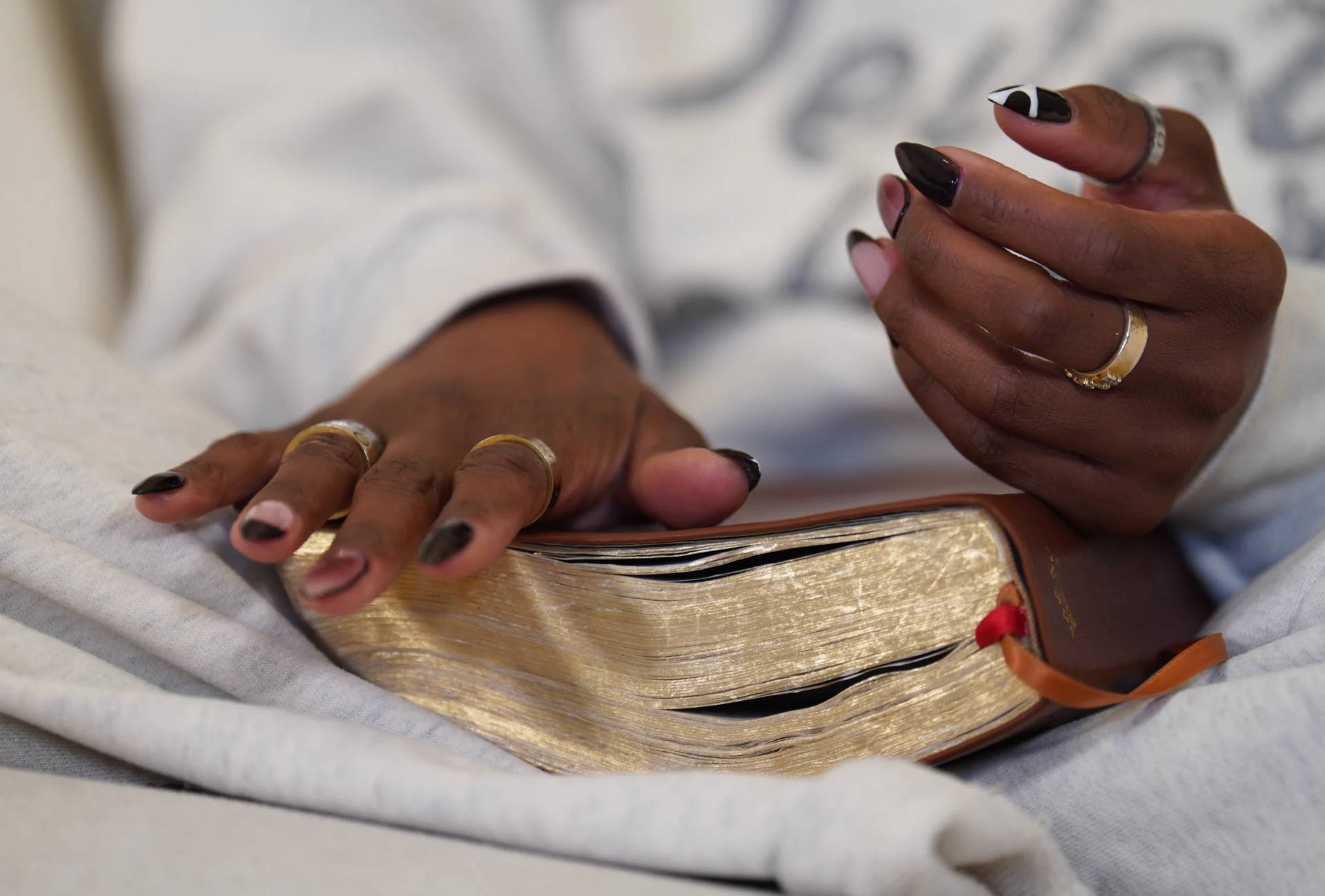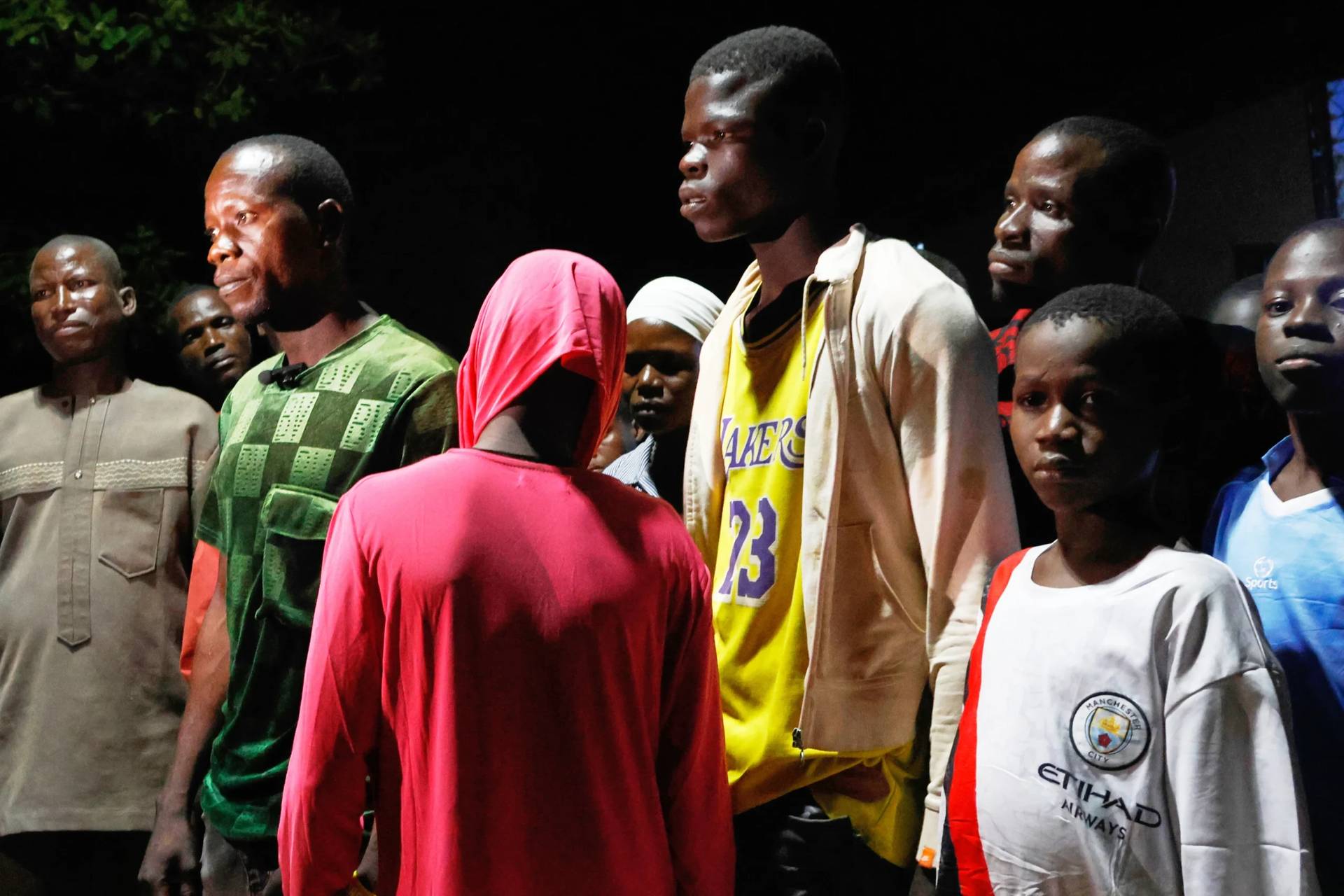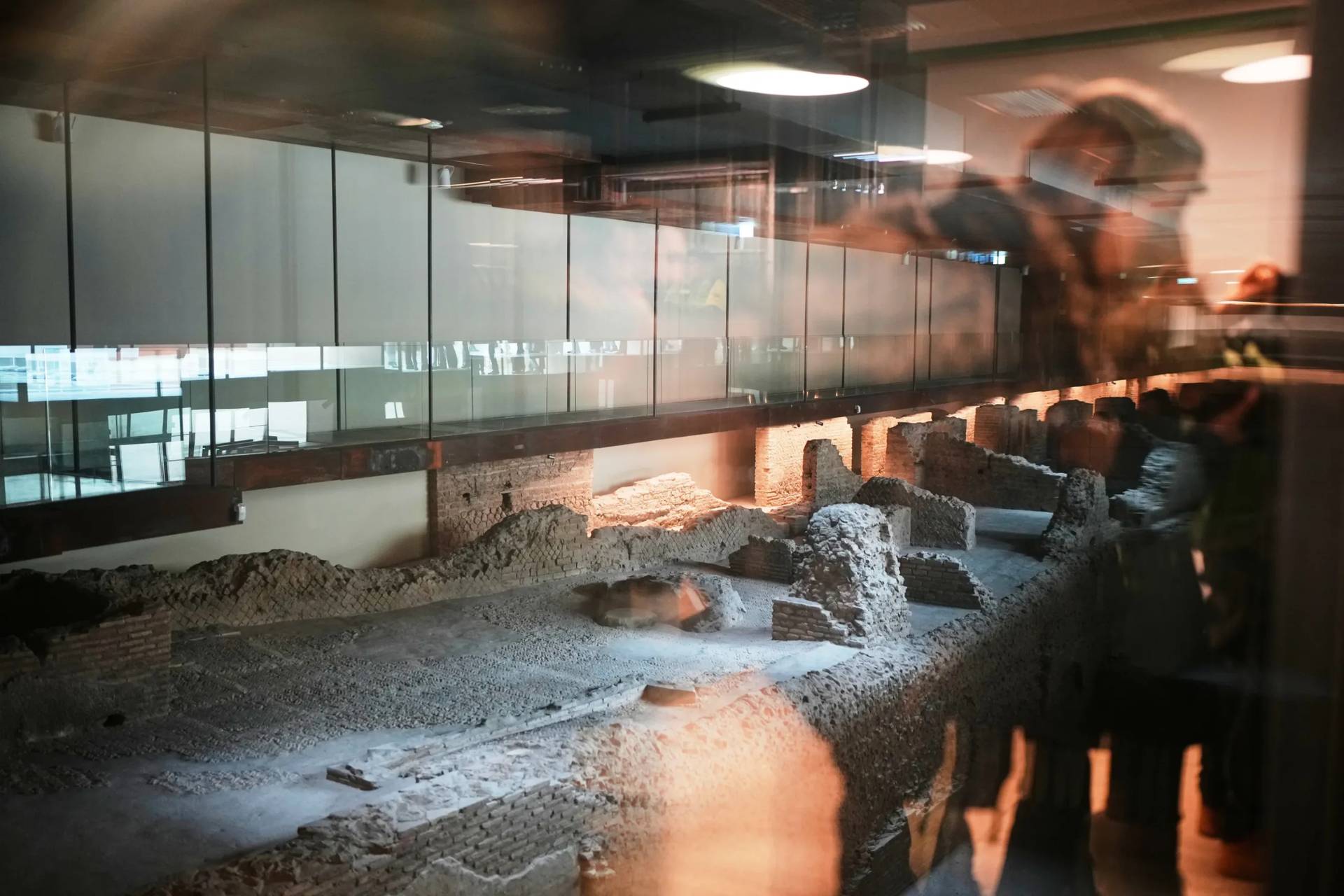“It was very frustrating seeing the collection plate come my way and having nothing to offer,” says 28-year-old Wim Graas.
“I know that many young people don’t carry cash anymore. It’s a pity really, because they would like to give money to the Church. I knew the technology already existed and thought to myself: Let’s just do this.”
Churchgoers in the Netherlands can now find the first contactless payment terminal in the St. Gerardus Majella Church in Utrecht, run by the Brothers of Saint John.
“A total of two hundred and twenty euros has already been donated in two weeks’ time,” said Graas. “The brothers themselves were wondering if people would only be using the payment terminal now, but I haven’t yet heard that the proceeds of the ‘normal’ collection plates have gone down.”
Paying for candles
Initially Graas focuses on people just walking in and out of the church.
“There’s a church in the center of Amsterdam, called De Krijtberg, receiving somewhere between a hundred and three hundred visitors on a daily basis. These people are an important source of income for the church. A contactless payment terminal comes in handy when paying for candles or for donations,” he said.
But Graas doesn’t want to leave it at that: “There will also be a solution for the collection plates. I found a relatively cheap way to pass around a small handheld terminal during Mass, using Wi-Fi. We still have to fine tune it, though, to make it work.”
RELATED: Catholic Church in Paris to use contactless cards for collections
The contactless payment terminal is the first of its kind in the Dutch Catholic Church. The Protestant churches in the country are a lot further in this respect. Many of them are using a special app that allows people to indicate in advance how much they would like to give. When the collection plate comes their way, the only thing they need to do is hold their smartphone close to the collection plate which contains a small contactless payment system and the donation is made.
Fundraising campaign
Not only are Dutch Protestants more familiar with the use of digital payment systems in church, they also donate more money to the Church than their Catholic counterparts, research has shown.
Every year the Catholic Church, the Protestant Church and the Old Catholic Church of the Netherlands organize a joint fundraising campaign. And once every two years the Dutch research center Kaski takes a look at the amount of money the faithful donate to their respective Churches.
“Believers tend to give more to their respective communities and tend to be more social than non-believers. There are multiple researches confirming this,” said researcher Ton Bernts.
“During this annual fundraising campaign a third of all Catholics donate to the Church. But Protestants nearly double that number,” said Bernts. “On average a Catholic household donates 97 dollars a year, a Protestant one 240 dollars. You could say that the churches partly profit from the fact that their believers tend to give more money in general. If you give more money to a local charity, you also give more money to your church. It’s as simple as that.”
North and South
But how come Protestants give more to their church than Catholics?
“It’s a supposition, but I think it has something to do with the type of church we’re talking about. To Protestants the church feels more like an association; the church really belongs to them. It’s a kind of ownership. A minister in the Protestant church gets picked by the church council, whereas a priest is allocated to a Catholic parish,” Bernts said.
It’s also remarkable to notice the difference between donations made by Catholics in the north of the country and by their counterparts in the south.
“In the north, where Catholics form a minority, they depend more on each other. So they tend to give more, whereas in the south of the country Catholics give less,” Bernts explained.
Ask more often
But Bernts also said that Protestants, compared to Catholics, are way more assertive when asking for money.
“They speak more openly about money and Protestants tend to see their annual donation as some sort of contribution, because it’s needed to keep up the community. Catholics are more careful with their money and more reluctant to give it away. But research shows that the more you ask for it, the more money will be given.”
This article was originally published in the Dutch Catholic weekly Katholiek Nieuwsblad on November 2, 2018. It was translated for Crux by Susanne van den Berk.














